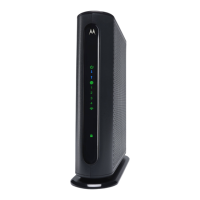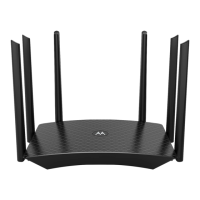Chapter 9
| Access Control Lists
IPv6 ACLs
– 277 –
IPv6 ACLs
The commands in this section configure ACLs based on IPv6 addresses, DSCP traffic
class, or next header type. To configure IPv6 ACLs, first create an access list
containing the required permit or deny rules, and then bind the access list to one or
more ports.
access-list ipv6 This command adds an IP access list and enters configuration mode for standard or
extended IPv6 ACLs. Use the no form to remove the specified ACL.
Syntax
[no] access-list ipv6 {standard | extended} acl-name
standard – Specifies an ACL that filters packets based on the source IP
address.
extended – Specifies an ACL that filters packets based on the destination IP
address, and other more specific criteria.
acl-name – Name of the ACL. (Maximum length: 32 characters)
Default Setting
None
Command Mode
Global Configuration
Command Usage
◆ When you create a new ACL or enter configuration mode for an existing ACL,
use the permit or deny command to add new rules to the bottom of the list. To
create an ACL, you must add at least one rule to the list.
◆ To remove a rule, use the no permit or no deny command followed by the
exact text of a previously configured rule.
Table 57: IPv4 ACL Commands
Command Function Mode
access-list ipv6 Creates an IPv6 ACL and enters configuration mode for
standard or extended IPv6 ACLs
GC
permit, deny, redirect to Filters packets matching a specified source IPv6 address IPv6- STD-
ACL
permit, deny, redirect to Filters packets meeting the specified criteria, including
destination IPv6 address, DSCP traffic class, or next header
type
IPv6- EXT-
ACL
show ipv6 access-list Displays the rules for configured IPv6 ACLs PE
ipv6 access-group Adds a port to an IPv6 ACL IC
show ipv6 access-group Shows port assignments for IPv6 ACLs PE

